Okuizumo: Timeless Beauty Forged in the Heart of Japan
Uncover The Stories Preserved By Okuizumo’s Land And People
A luxurious getaway holds secrets to Japan’s artisan heritage. Discover the traditions of Shimane’s past and present.
Shimane Prefecture snakes along the coast of Honshu, Japan’s main island, facing the Sea of Japan and Korea. Its land is rich in many things. Fertile soils that paint the region green, legends of powerful spirits and, of course, the treasured iron sands that defined Okuizumo’s cultural and economic prosperity.
This area exudes a timelessness that is carefully kept in balance. Structures that have stood for hundreds of years contrast the cyclical give-and-take between craftsmen and nature. To explore Okuizumo is to experience the lived philosophy of Japan and retrace its history.
Hidden Masters
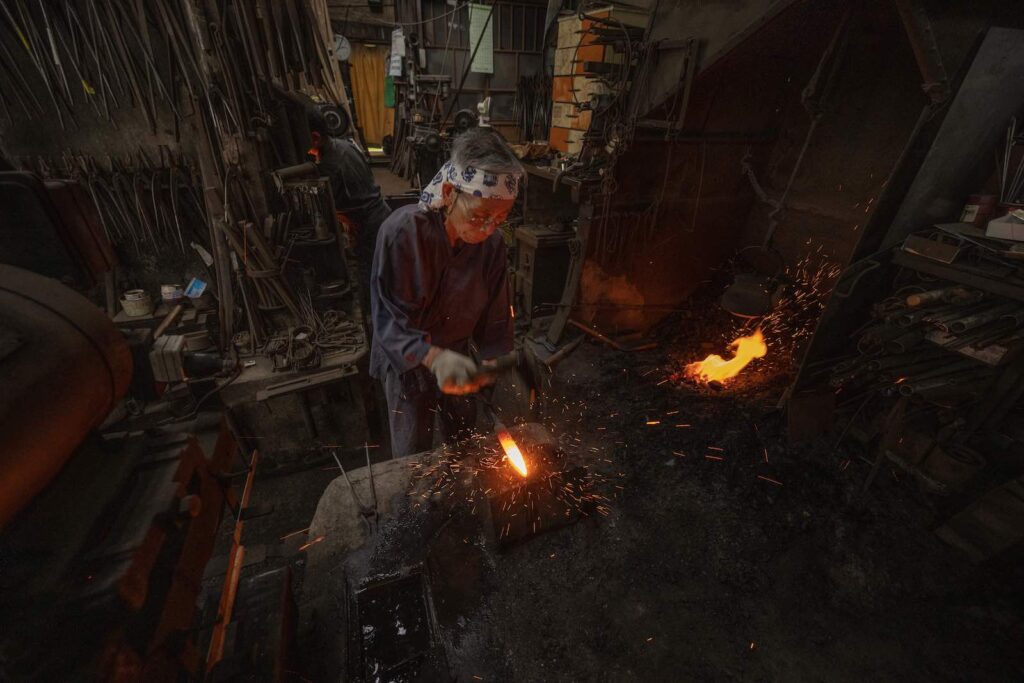 © Photo by Japan Heritage Official Site
© Photo by Japan Heritage Official SiteThe imagery of the samurai, katana (the traditional Japanese sword portrayed in media) in hand, is one of the prevailing icons of Japanese culture. Iron for these swords is largely sourced here, in Shimane.
The manufacture of tamahagane, translated to “precious steel,” has supported the growth of Okuizumo for 1,400 years. Izumonokuni Tatara Fudoki connects the story of the Okuizumo area to the traditional methods used to transform iron sand into tamahagane. It was registered on Japan Heritage in 2016.
The world’s last clay tatara forge can be found in the Sugaya Tatara Sannai area of Yoshida-cho. Although the area is no longer in operation, guests can tour the facility and explore the historical bellows and equipment.
The Tanabe family, who once led the area’s tatara iron manufacturing, now in their 25th generation, has revitalized the town with new business ventures while preserving its traditions. Yoshida-cho appears unchanged since their family storehouses that serve as its centerpiece were erected hundreds of years ago. A stroll around town reveals the daily lives of Okuizumo’s residents and remaining craftsmen.
An Enduring Legacy of Steel
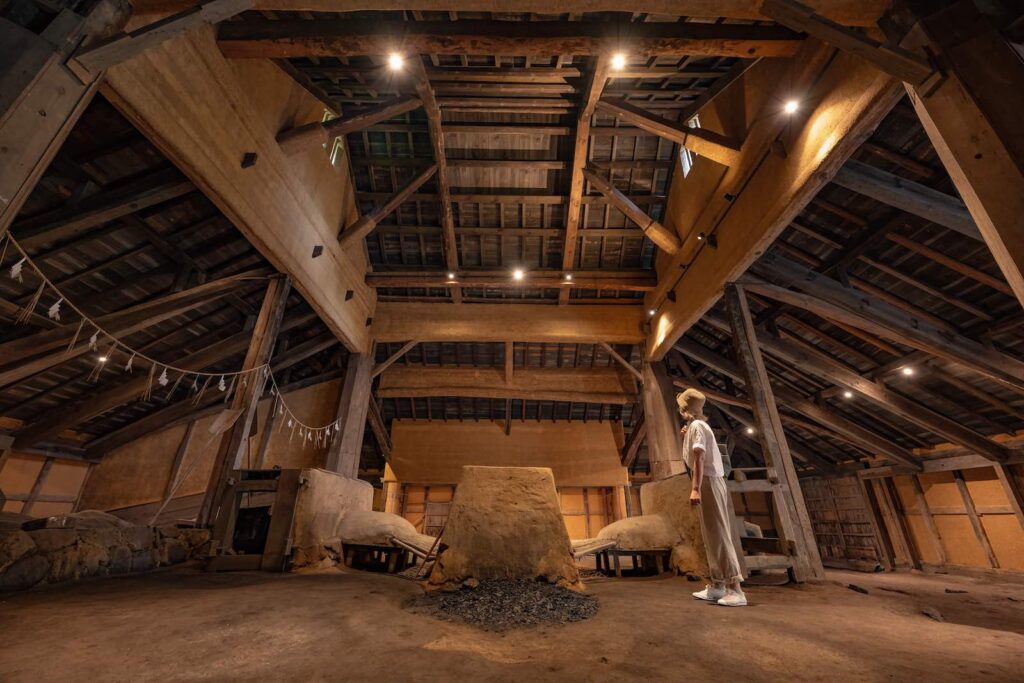 © Photo by Japan Heritage Official Site
© Photo by Japan Heritage Official SiteThe Tatara method of steel manufacturing largely fell out of practice after WWII. However, its legacy is preserved in the hearts and hearths of local artisans. While samurai swords are no longer in vogue, for 200 years Kajikobo Hiromitsu’s family-run forge has used tamahagane steel to create timeless home goods imbued with rustic elegance.
The Japanese spirit can be felt in the hand-smithed lanterns, candlesticks and fry pans produced here. Guests can even reserve a visit to their workshop if they wish to meet the shokunin (master craftsmen) for a hands-on introduction to local metalsmithing (be sure to make reservations in advance).
Okuizumo’s Natural Bounty
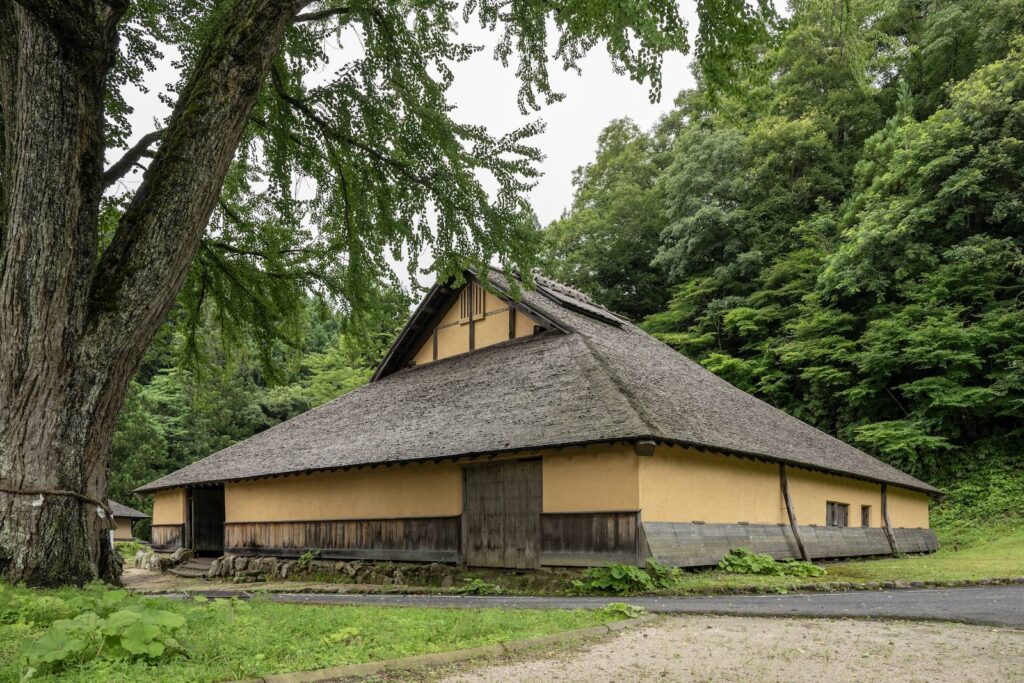 © Photo by Japan Heritage Official Site
© Photo by Japan Heritage Official SiteTamahagane formed the backbone of the regional industry as Izumo grew. Its production is carved into the landscape—both culturally and physically. A simple walk through the woods reveals much more than the beautiful scenery.
Producing the charcoal that fueled tatara forges relied on cutting the area’s old-growth trees. At the peak of production, entire forests and mountains were owned by wealthy steel-producing families for the express purpose of making charcoal.
Shimane is shaded by impressive timber groves, preserved by a 30-year recycling system of reduction and reforestation. Former iron-sand extraction sites have been returned to verdure in the form of terraced rice fields. These areas now support another time-honored venture: the production of sake rice.
Just as cold water is vital to tempering steel, the clear mountain streams that feed stunning waterfalls like Ryuzugataki are a key factor in the Okuizumo’s nihonshu (sake) production. Rice cultivated here is unique to the area—and proudly used by its best sake brewers.
Drinking & Dining in Okuizumo
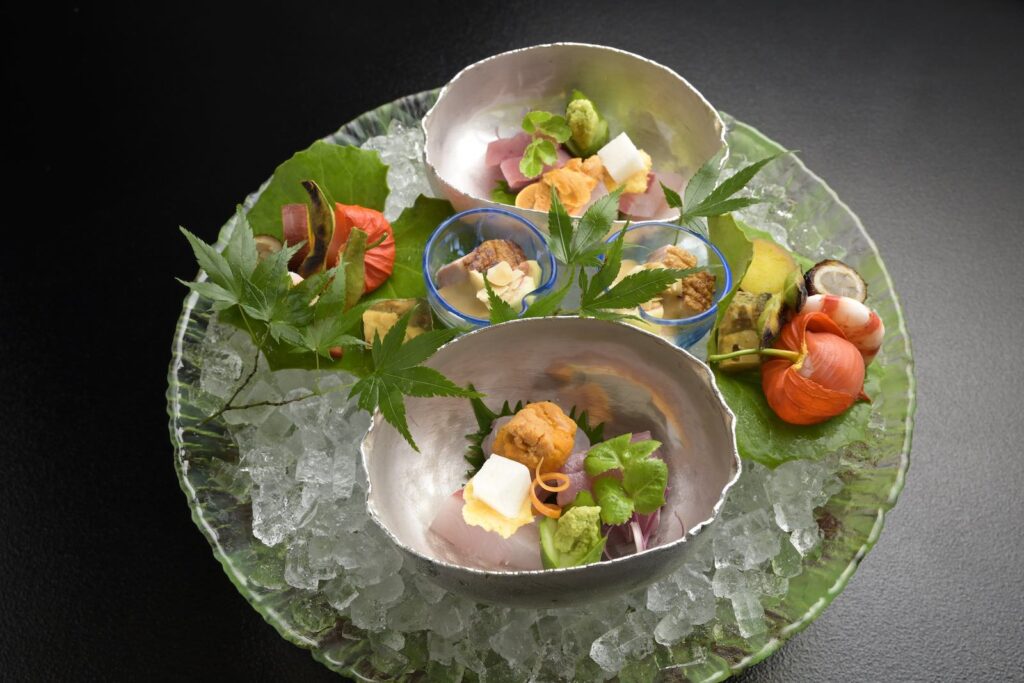 © Photo by Japan Heritage Official Site
© Photo by Japan Heritage Official SiteShimane is said to be the birthplace of nihonshu, based on a legend dating back to the first historical mention of sake found in a chapter of the Nihon Shoki. It’s also said that the gods of the country spend seven days in Izumo from Oct. 11 to Oct. 17 to have divine deliberations about sake brewing and matchmaking. Sake is such a deep part of Shimane’s heritage that famous brewers from around the country offer their best bottles to the gods at Izumo Taisha.
It’s no wonder five generations of brewers who have operated Sake Mochida Honten since 1877 take their work so seriously. The brewery’s Yamasan Masamune is a prized local variety brewed according to a lasting tradition. Guests can sample Mochida’s sake while learning about its finer points through guided experiences hosted in the main building, a designated Cultural Property.
Not to be overlooked, the soul food of this area is equally impressive. From industry to agriculture, down to the meals on family tables, Okuizumo is characterized by its attention to a sense of purity and cleanliness. The flavor of its native food mirrors the lightness of shining steel and clear streams.
Taimeshi is a regional donburi (rice bowl with toppings) that represents one of the oldest dishes in Japan. Tai (sea bream), also thought to be the first fish eaten as sashimi, is known for its delicate flavor and pink-white flesh. Minamikan Ryokan’s dashi-accented take on tai is served atop fluffy white rice with simple flavors like egg and wakame seaweed, bringing this humble ingredient to a new life.
Artfully Designed Luxury Stays
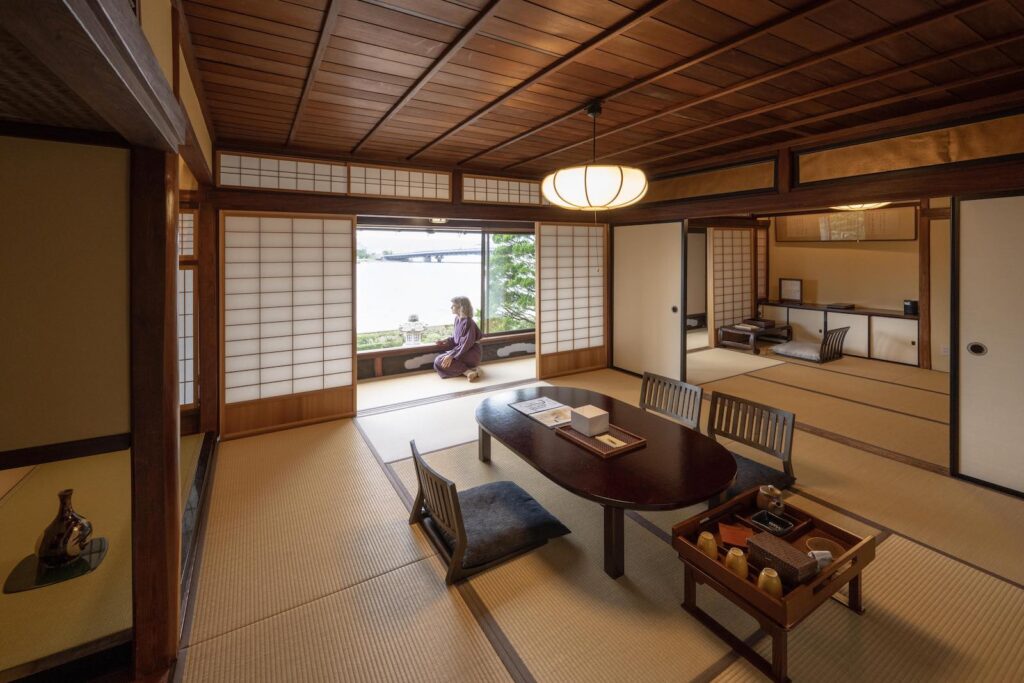 © Photo by Japan Heritage Official Site
© Photo by Japan Heritage Official SiteBoth daytime and overnight visitors to Minamikan can enjoy a taste of taimeshi in its splendid dining room. Here, kaiseki-style dining captures the traditional Japanese course meal with exquisite plating and local ingredients prepared by skilled chefs.
Minamikan has been featured in international publications as an outstanding example of the Japanese ryokan experience. Established in 1888, Minamikan is characterized by its artistic history, from it’s remarkable architecture to its use as a hub for Japan’s artists and writers. The facility’s 16 exclusive guest rooms combine traditional Japanese architecture with a retro-modern air. The lodgings feature traditional tatami and joinery with Western influence—all of which are best enjoyed in one of the provided yukata, a light kimono for casual wear.
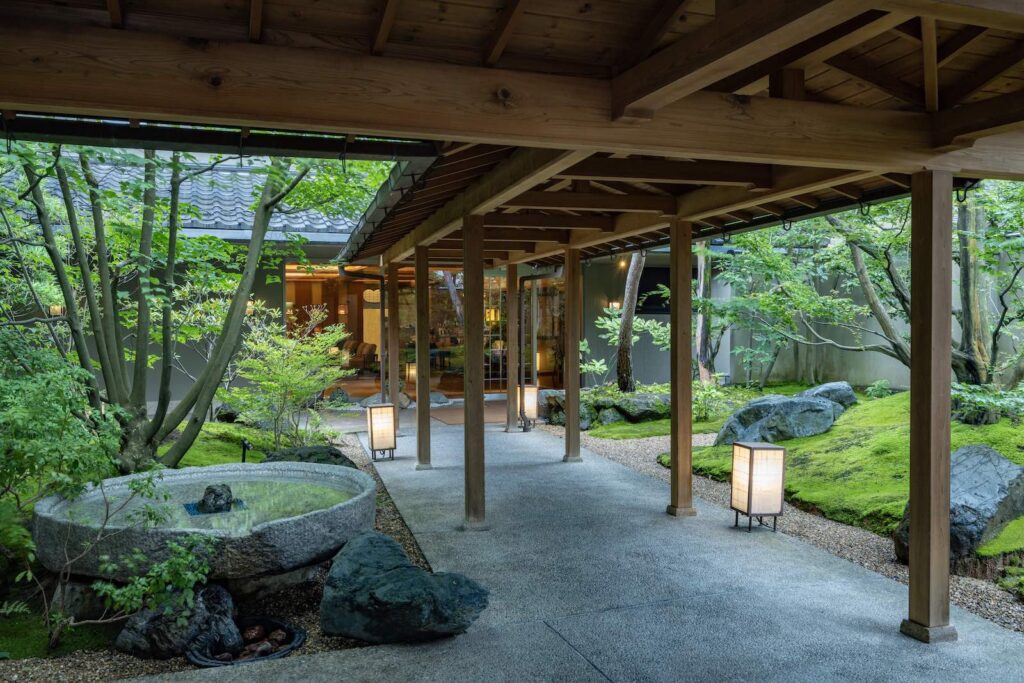 © Photo by Japan Heritage Official Site
© Photo by Japan Heritage Official SiteThe ryokan’s most enchanting feature is its meticulously maintained Japanese garden that overlooks Lake Shinji. Each viewpoint offers a fresh perspective of the manicured grounds. As guests walk through the halls, they’ll see why the garden has become one of the venue’s defining features.
The Nature of Okuizumo
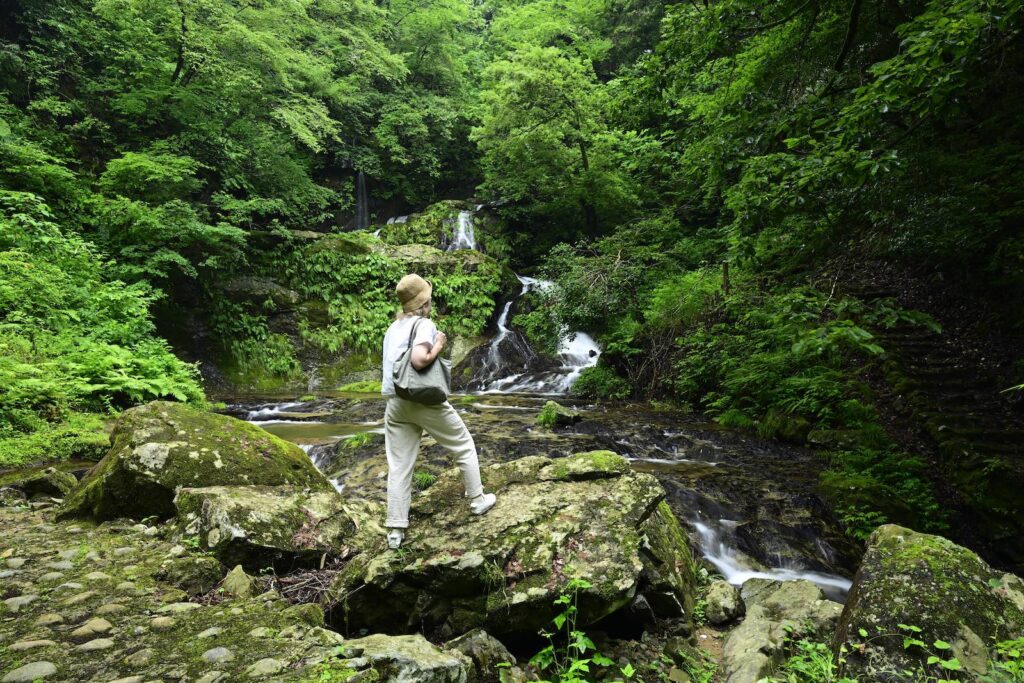 © Photo by Japan Heritage Official Site
© Photo by Japan Heritage Official SiteToday, Shimane prefecture has the second lowest population in the world’s most popular travel destination. Yet settlements in Shimane have existed since the earliest days of Japan’s history. Thanks to an enduring legacy, the region’s ancient tradition has played an instrumental role in building the defining cultural imagery of Japan.
For a breath of fresh air, go beyond the well-worn paths to uncover the source of Japan’s charm in Okuizumo’s timeless landscape.












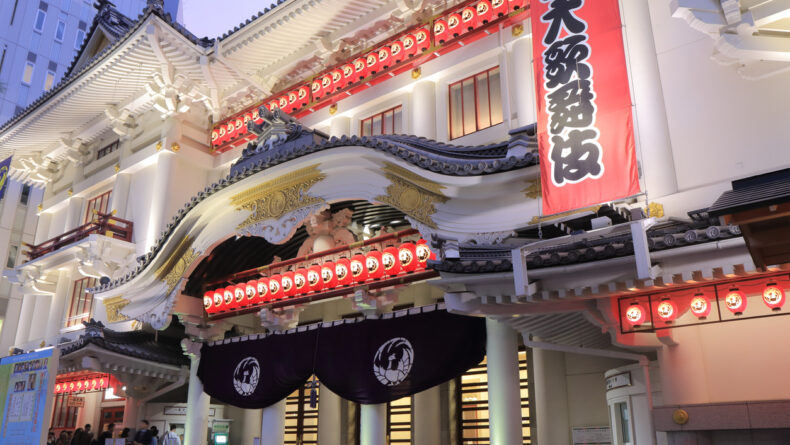

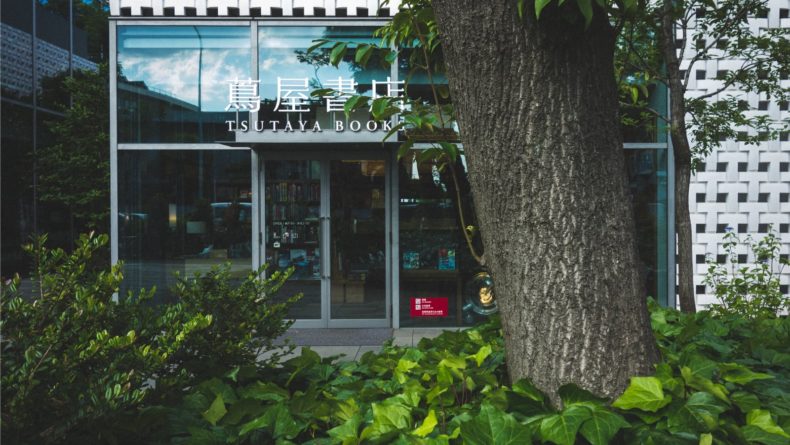

Leave a Reply